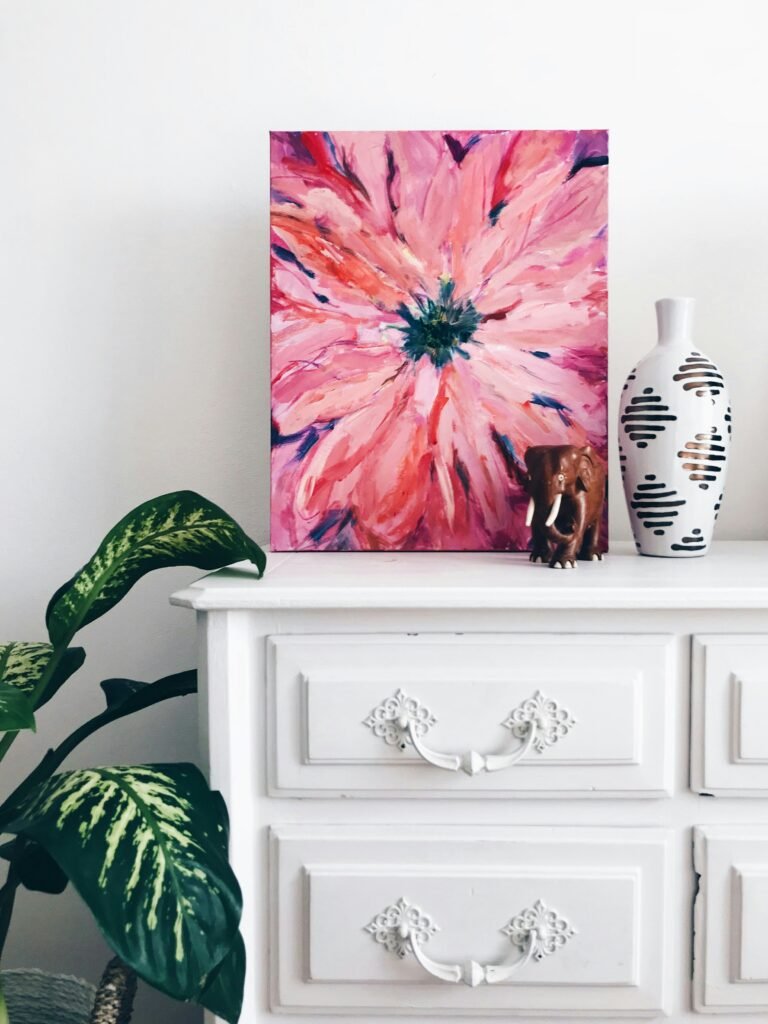“Contrast” in Home Staging & Interior Design:
The visual interplay between different elements like light and dark, textured and smooth, or large and small, creating visual interestVacant Staging in Home Staging & Interior Design: Staging an empty property to help potential buyers visualize its potential and imagine themselves living there. The Importance of Vacant Staging in Home Staging - Why it's Something to Consider Vacant Staging involves furnishing and decorating an..., defining spaces, and preventing monotony.

The Importance of Contrast In Home Staging – Why It’s Something to Consider
Contrast is a key design principle that, when applied in home staging, can dramatically highlight the home’s best features and create visual interest"Focal Point" in Home Staging & Interior Design: A visual element that draws attention and sets the tone for a space, like a fireplace, artwork, or architectural feature. Effective staging uses focal points strategically. The Importance of Focal Point in Home Staging - Why It's Something to Cons.... It can be achieved through color, texture, shape, and sizeFurniture Scale in Home Staging & Interior Design: The size and proportion of furniture relative to the space it occupies. Proper scale ensures comfortable movement, avoids overcrowding, and balances the visual composition. The Importance of Furniture Scale in Home Staging - Why it's Something t..., and helps to guide the eye through the room, creating a dynamic and engaging environment. For example, contrasting a dark-colored sofa with light throw pillowsThrow Pillows in Home Staging & Interior Design: A decorative pillow placed on a sofa, bed, or chair, adding color, pattern, and texture. The Importance of Throw Pillows in Home Staging - Why it's Something to Consider Throw Pillows are an essential element in home staging as they can add color,... can make a living room pop, while the use of contrasting textures can add depth and sophistication to a space.
When considering contrast in home staging, it’s important to use it in a way that complements the home’s architecture and design. It should enhance the space without overwhelming it, allowing potential buyers to appreciate the nuances of the design. Effective use of contrast can make a staged home more memorable and can help potential buyers envision the property as their own by providing them with a glimpse of the home’s potential.
Tips And Best Practices When Utilizing Contrast In Home Staging
Contrast, encompassing visual contrast, high contrast, and bold accents, can dramatically enhance a space. Best practices include:
Color Contrast"Color Blocking" in Home Staging & Interior Design: Using bold, contrasting blocks of color on walls, furniture, or accessories to create a dramatic and visually striking effect, adding energy and personality to a space. The Importance of Color Blocking In Home Staging - Why It's Something to Co...: Use contrasting colors to create visual interestLayering in Home Staging & Interior Design: Combining various elements like textures, patterns, and colors in a space to add depth, visual interest, and a sense of coziness. Layering is a key technique in creating inviting and stylish spaces. The Importance of Layering in Home Staging - Why it's.... This could be through painting, accessories"Accessories & Antiques" in Home Staging & Interior Design: Decorative elements like vases, sculptures, throws, or vintage finds that personalize a space, add texture and pops of color, and tell a story about the homeowner's style. The Importance of Accessories & Antiques In Home Staging..., or furnishings.
Mix Textures and MaterialsMateriality in Home Staging & Interior Design: The selection and combination of materials used in a space, like wood, metal, glass, fabric, and stone. In staging and design, it influences the overall aesthetic, texture, and tactile experience, impacting the mood and functionality of the space. T...: Combine different textures and materials, like smooth and rough textures, to add depth and character to the room.
Lighting for Emphasis: Use lighting to create contrast and highlight certain areas or features of the home.
Balanced Approach: Ensure that contrasts are balanced and harmonious, not jarring or overwhelming.
Create Focal Points: Use contrast to create focal points in a room, drawing the eye to key features or areas.

